
Modern age has a lot to offer: the digital era opens a lot of new ways to interact with the network. Let’s analyze the innovative model of the net – Web3 which contains a wide choice of functions and benefits. Moreover, it is also crucial to compare Web3 to its predecessors.
The story of Web3 creation
First of all, it is crucial to know the whole story behind Web3 to define it and explain its working principles together with innovations it brings into the network. The Web has 3 historical forms:
- Web1.
- Web2.
- Web3.
Let’s analyze each of them individually.
Web1
The initial form of web was the embodiment of the developers environment: creators and highly-educated people within this sphere of activity created websites which stored the data, priorly, in txt. or img. format. The period of Web1’s activity lasted for 13 years (1991-2004).

For the whole period of activity, Web1 was some sort of storage for gathered data: there were no principles of dynamics like it is with HTML. Websites weren’t entertaining and the sole purpose of its utility was to contain a static database.
Web2
Web2 is a significant step up: it is the type of web which is used by everyone who knows how to enter the internet nowadays. It is an existing form of the network which performs much more functions and becomes the social and interactive model of itself. There are many things which can be done within the current web:
- Opportunities to join the developing process without being a highly-educated specialist. Building principles of modern apps became simpler than it was in the Web1 era.
- Ability to share creativity: each individual can upload video, photo, article and e.t.c. to demonstrate it. It is also possible for other people to react to the uploaded item within the network.
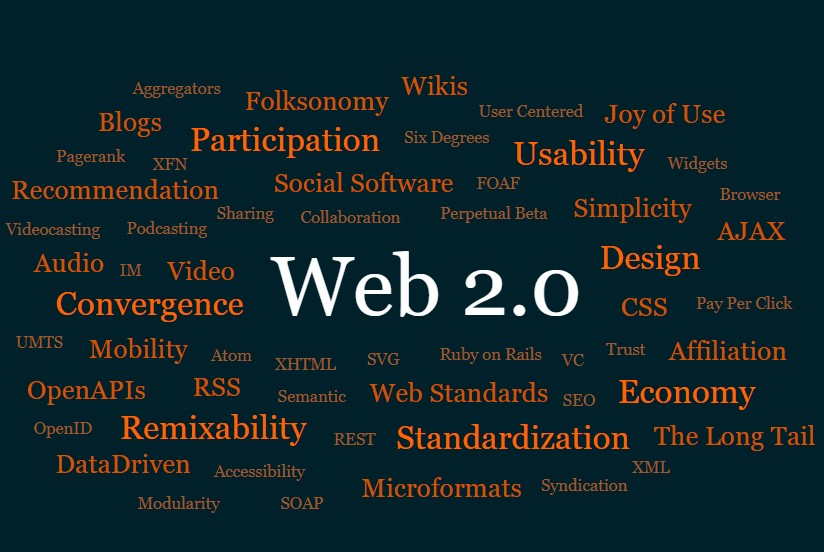
The most uniting factor of all features the Web2 provides is the flexibility and functionality on high social levels. Such a simple way to connect, contact and exchange the information, thoughts, and e.t.c. which also, especially now, stand out with the speed of these actions.
However, even such benefits of Web2 can’t cover the existing drawbacks which need to be improved one way or another.
Web3
As the internet evolves, Web3 becomes the next step of the network and it differs significantly from its predecessor. The main innovative feature is the decentralization it provides to its users, but there are much more additional changes:
- Verifiability.
- No trust.
- Self-governance.
- No permission is necessary.
- It’s well-structured, distributed and reliable.
- There are certain principles of payments which are built within the network.
The most meaningful definition of all that decentralization is a wide choice of abilities: releasing apps or holding data not only on a single server, but on blockchain or decentralized network which contains a huge quantity of peer-to-peer, so-called, nodes of the chain. These nodes are the servers.
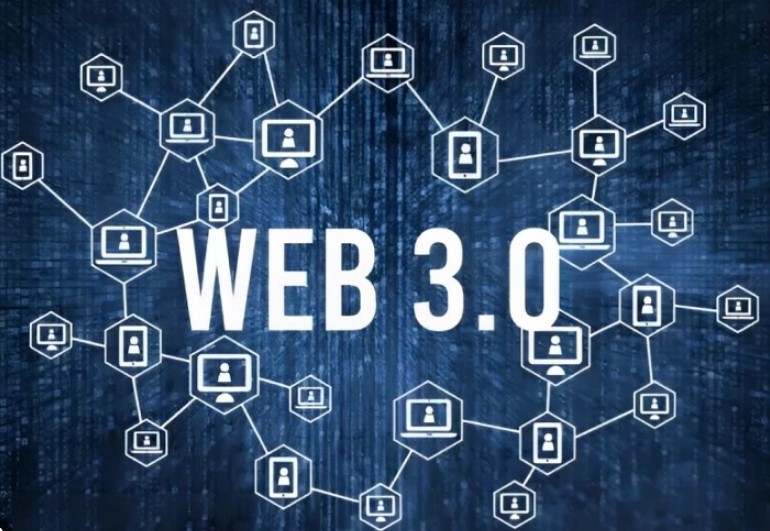
It is difficult to reach the necessary levels of the system stability and reliability, but it is gained by the competition between the network participants which are rewarded for the efficiency of their services or products.
Now, let’s take a closer look at the structure of Web3.
Structure
Web3 consists on several levels which are all crucial details of the bigger picture:
- Blockchain.
- Cryptocurrency.
- Smart Contracts together with DApps.
- Oracle.
These are not the only parts of the system, but one of the most crucial ones. Of course, there are wallets to contain crypto assets, storage networks and e.t.c., but let’s focus the attention on the most important ones.
Blockchain
One of the fundamental participants of Web3 – Blockchain which is a decentralized network with efficient security protocols. It works like a platform for several important functions within the system:
- Contain data.
- Make transactions and exchanges.
- Record an intel of executed transactions and contain it without any central authority governance.
- Security of the participants.
- Developing, releasing and trading crypto assets.
- Creating and improving smart contracts.
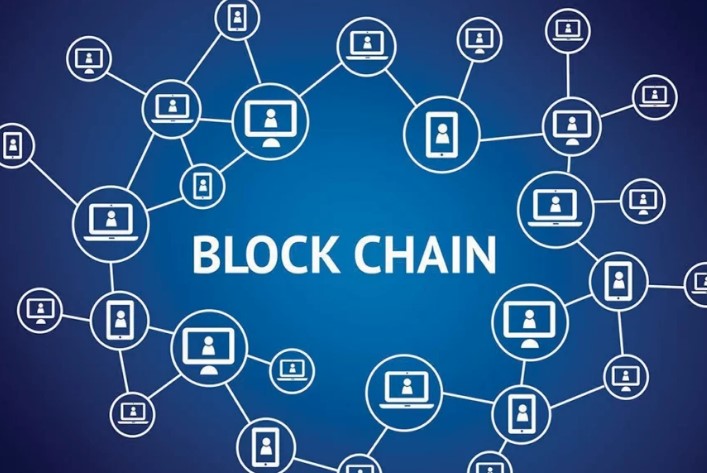
Together, blockchains are a highly efficient platform which provides a wide list of abilities to the network participants with a freedom from any centralized governance.
Cryptocurrency
The other significant participant of the new environment is cryptocurrency. It is defined as a digital alternative to fiat money. This type of asset works within the decentralized and highly secured blockchain system as a safest way to provide the transactions. DApps also utilizes such tokens as native currencies. In addition, crypto takes part in the governance on the network by being a payment method for such participations.
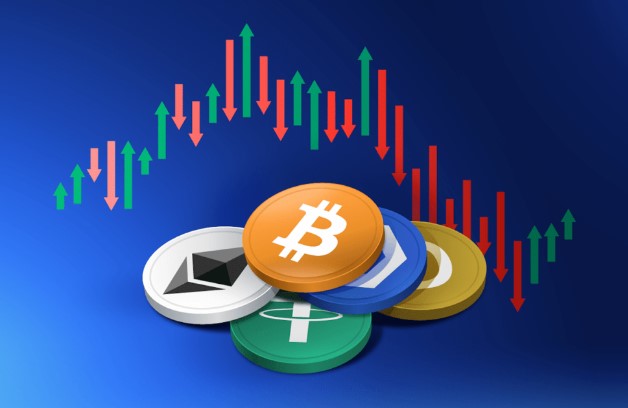
Tokens existed before blockchain’s integration in the net and worked as a payment asset for certain products or services. It worked efficiently: people used these tokens to pay within the application to receive the service or product. Providers of these goods gained more stability from such transactions which were executed upfront.
Moreover, holders of the tokens can gain an ability to vote for governance changes in the future, directly influencing the project’s possible development.
Smart Contracts and DApps
The significant role of any smart contract lies in being a provider of decentralized application’s possible activity: it is enabling the building of DApps and all crypto economic protocols which are the key nodes of the network’s activity. Smart contracts are secured from outside interference. They make the automatic transactions available with a specific logical sequence which is based on its software that confirms certain conditions to execute the transaction.
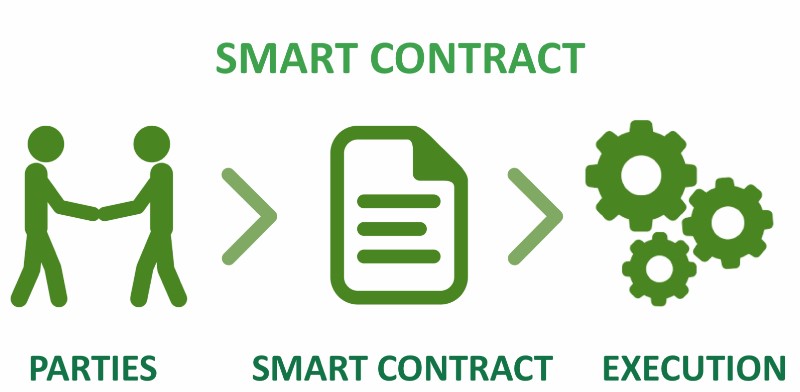
Decentralized applications highly differ from both its predecessors: apps within the Web1, which contained the static cluster of intel, or the applications of the Web2. The key difference lies in the decentralization which is integrated in DApps by being based on the blockchains which play a big role in Web3. Such applications can take part in building quite complex systems (For instance, p2p, play-to-earn games and e.t.c.).
Oracle
It is very crucial to increase the efficiency of the network by several methods and one of the necessary ones is Oracle. It is the provider of the connection between a blockchain and an intel from the real world. The unity of the whole Web3 network exists due to Oracle’s participation in the ecosystem.

There are several functions that oracles executes:
- Providing verifiable randomness and decentralized execution. This specific feature makes the dynamic NFTS and decentralized applications with a high level of automatism exist within the network.
- Cross-Chain Interoperability Protocol. This innovation made available the utilization of the layer-2 scaling solutions which provide multiple blockchains with ability to exchange the data between them safely and fast.
- The off-chain data. This feature improves the existing smart contract working principle.
Together, all of these functions give the necessary additional boost to all parts of the Web3 ecosystem.
Apps
Web3 network contains more levels of activity within itself by giving a wide choice of development and financial tools. The applications which belongs to this innovative ecosystem has the levels of decentralization and consistency that makes available such functions as:
- Trading digital assets, such as NFTs.
- Playing value-generating games.
- Parametric insurance payouts can now be received.
Let’s take a closer look at each one individually.
NFT, Gaming & Metaverse
These are one of the most important parts of Web3. NFTs became very efficient providers of the functions which a digital item can execute by verifiable ownership of itself. It means that the asset from the network can reach the same level of exceptionality as the real-world asset. Each existing digital asset has its unique feature which makes every single of them exceptional.
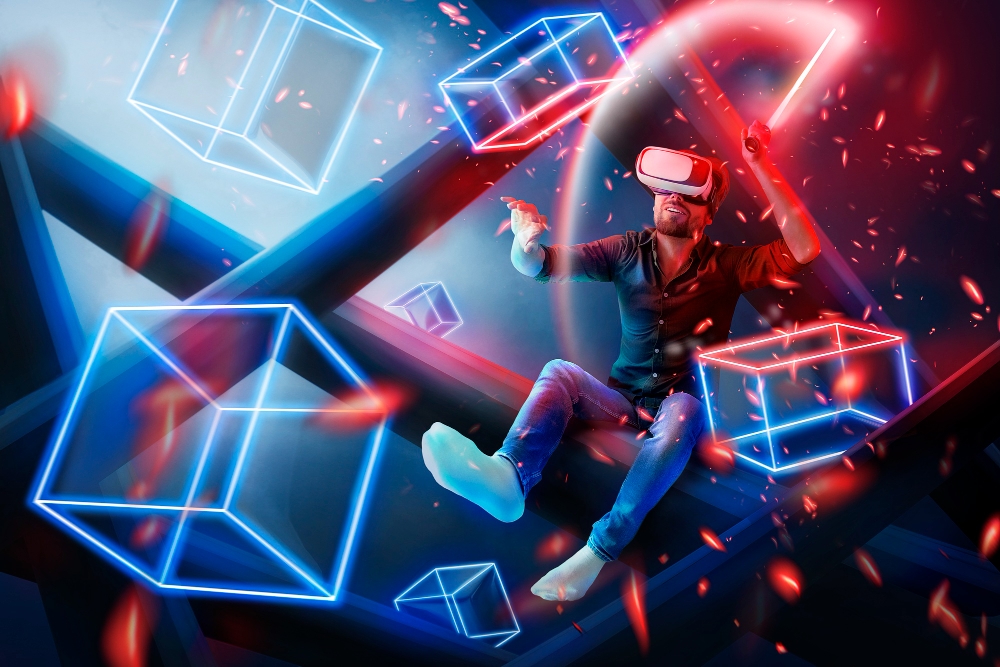
Such levels of uniqueness directly impact on the whole digital ecosystem: metaverse apps, games and art which is generated and created within the network. Blockchains play a fundamental role in the whole structure of the ecosystem which contains all these participants by being the underlying settlement layer. The next node of the chain is a Smart Contract which also assists in confirming the ownership of digital assets. And the last, but not the least – oracle which gathers all processes and makes the work in an efficient way: automation of Smart Contracts, verifiable randomness and e.t.c.
Parametric insurance
There is another example of the blockchain affecting the existing systems: decentralized parametric insurance. There are several projects which currently integrate innovative models of insurance: automated insurance of crop or flight insurance which is being executed through several smart contracts combining with each other together with off-chain data. Real-life examples of such companies are Arbol and Etherisc.
The cost and payments are defined automatically by parameters which the smart contract contains. Same rules apply with the timings of such a process. The whole payout becomes significantly easier and faster if it is compared to the previous varieties of the insurance.
It is a highly evolving innovation which increases the efficiency of the concept by adding more and more new areas to cover within the insurance.
Possible future of the Web3
Web3 has a huge potential because of the amount of innovations which were brought into the network and the level of decentralization it has compared to its predecessors. The Web3 ecosystem becomes more and more recognizable within the society. The future of Web3 strongly depends on the participant’s behaviour: if people will be interested enough together with the impact they can bring up to network changes.

The levels of transparency, security and efficiency together with upcoming technology inventions can make Web3 significantly bigger and more influential.











